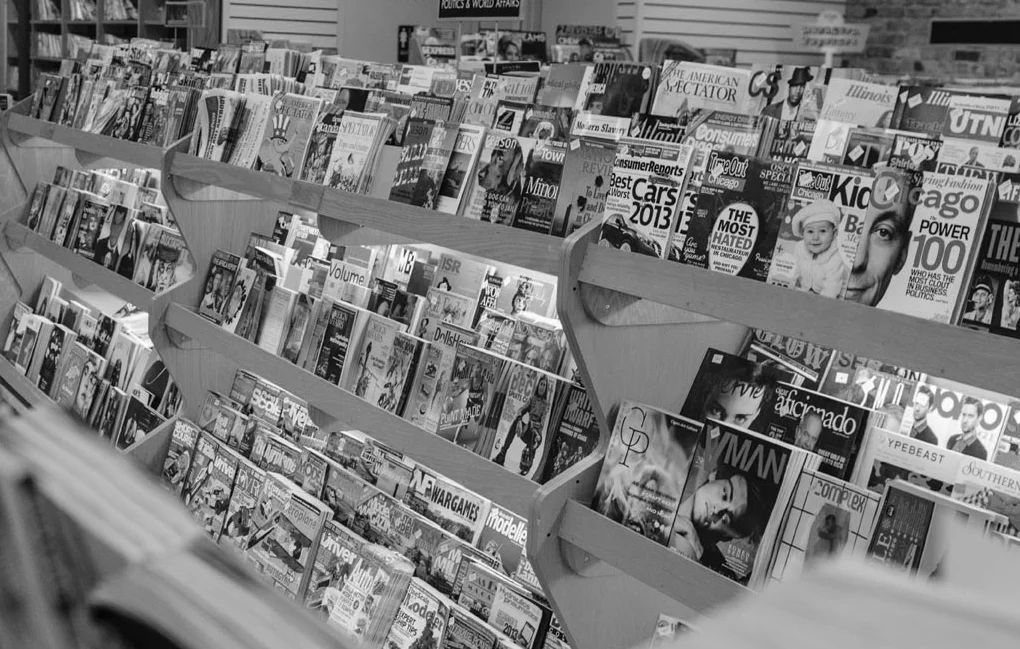The pinnacle of magazine advertising. A full page glossy announces a brand as a pioneer or leader in it’s industry. According to the Sports Illustrated media kit, a full colour ad which reaches their rate base of $2.7M is a mere $435,000 USD.
Obviously, not all full page glossy ads costs will equate to the cost of a moderate home. Although the associated fees of a full page ad may differ among various titles what should not differ is the design elements of the ad itself. Whether the ad is for Coca-Cola or a privately-owned museum in Dubuque, Iowa there are certain elements that each ad must contain.
A magazine ad must include a strong visual to draw the attention of the reader. It must also include a snappy headline with well thought-out copy and a signature which provides the contact information for the business or product. Draw the eyes. Provide detail. Offer the reader a call-to-action or a means to connect.
A full page ad in SI will set you back about $435K. Link included hopefully.
From print to digital
The internet has drastically changed how advertisers can interact with an audience. Website addresses within a printed ad, some even personalized, have become common place. Why? A website URL allows advertisers to determine reach and ad effectiveness while transitioning the reader from the print medium to digital. The connection from print to digital also allows the advertiser to continue to guide the reader down the ‘brand’ path towards an end goal. The end goal will vary; it may be a sale, brand awareness, or just information.
"Website addresses within a printed ad, some even personalized, have become common place."
Advertisers place website addresses within print ads to continue the engagement digitally. In a digital edition this courting process is less complicated. Any ad with a website address can easily be linked to an external page or site. A click or tap delivers the reader to the intended destination. Each interaction captured by analytics. Through countless reviews of digital editions across many different platforms this is not often the case. Although completely counter-intuitive website URL’s for advertisers are often not linked. Consider again why the advertiser positioned the website address on the page.
"Advertisers place website addresses within print ads to continue the engagement digitally"
There are some valid reasons why an advertiser’s website URL would not be linked. For example a progressive magazine or newspaper may be selling the link creation aspect within their media kit. Without added payment the URL remains static. Another logical reason would be disruption. A magazine property may be concerned that redirecting a reader to an external site may lose the sought-after attention of that reader. A reasonable concern but easily prevented with our lightbox links that keep readers within the walled garden of the digital edition. Otherwise, the reasons not to wed reader and advertisement are not immediately apparent.
Again, let’s return to the basics. Whether in print, or digital, advertisers include their website URL among the ad copy in order to further connect with readers. A magazine serves as the delivery device. It ensures the ad reaches the audience and assists in nurturing the relationship between advertiser and reader. Foregoing a simple task such as offering a link from advertiser URL to a website limits the effectiveness of the ad being delivered. In an environment where ad dollars are more difficult to attain that is unacceptable.

